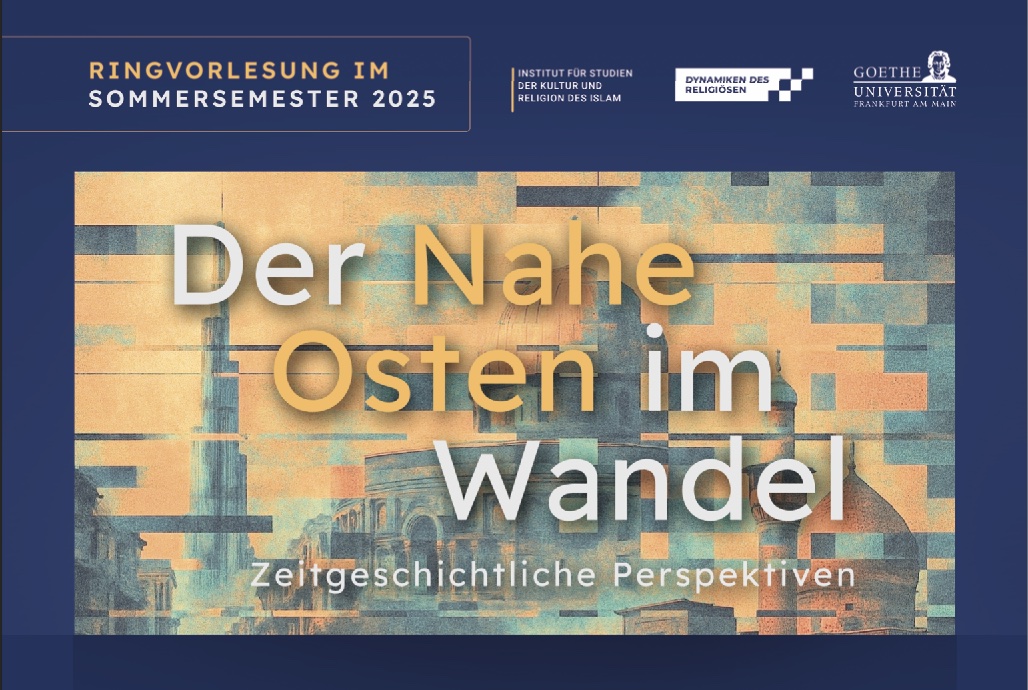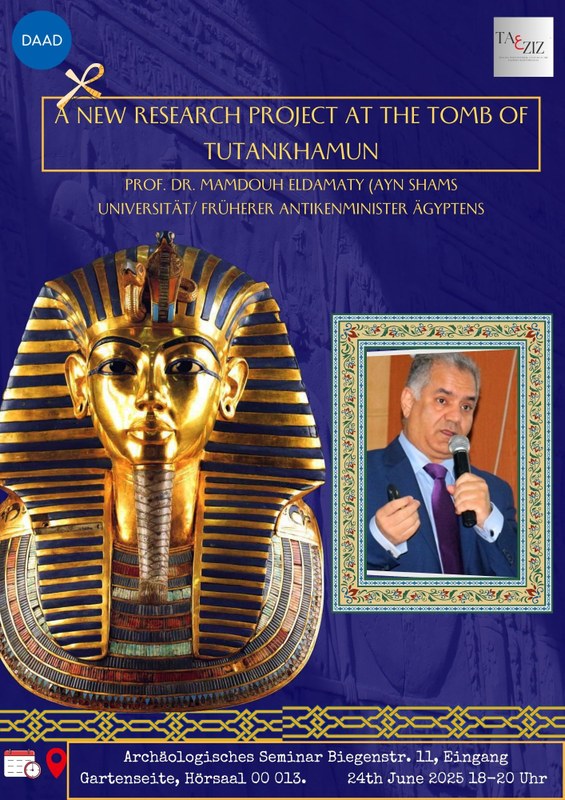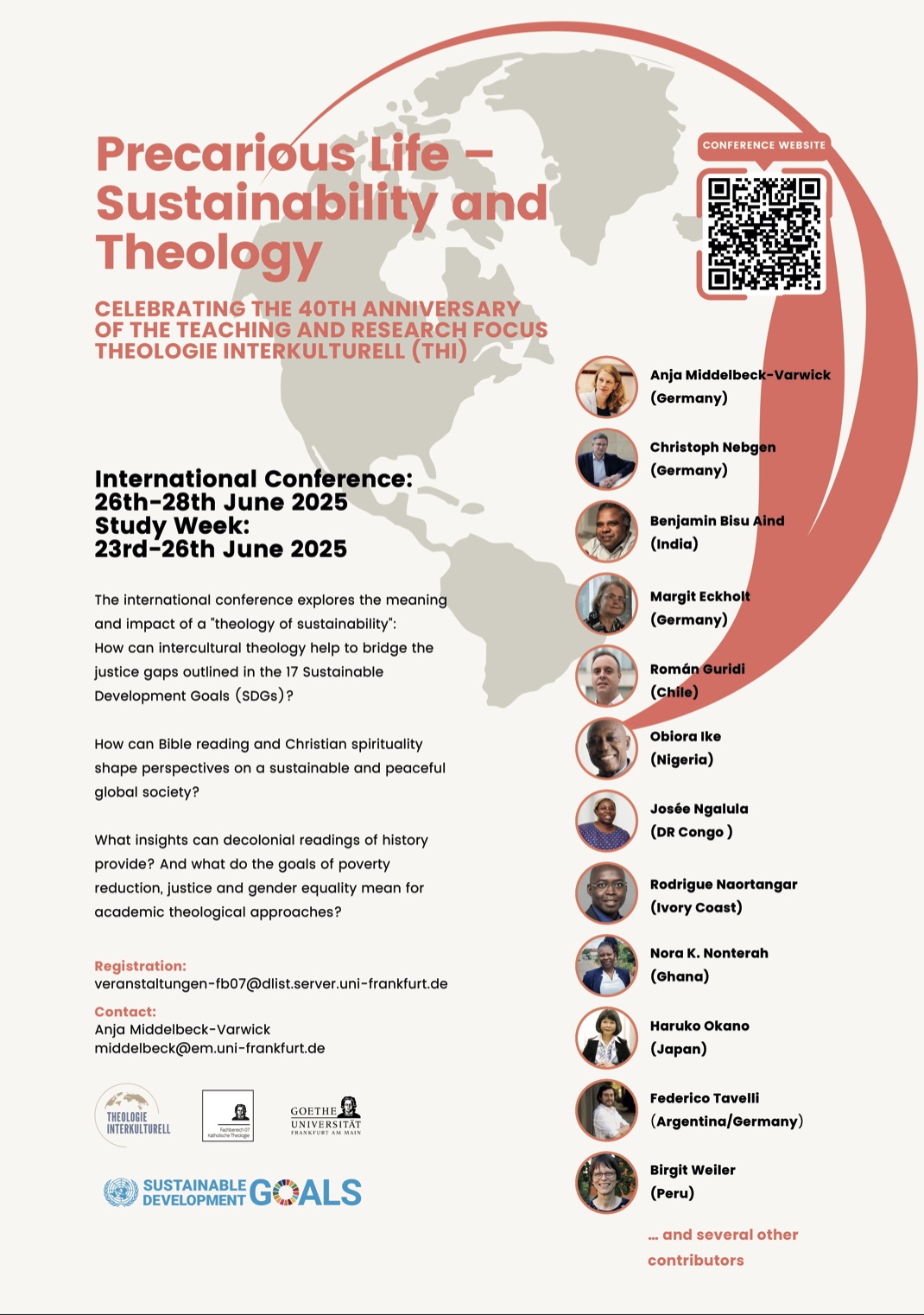Between the 1850s and the First World War, the Ottoman Empire became a sanctuary for nearly one million Muslim refugees fleeing the expanding Russian Empire. These refugees—Circassians, Chechens, Dagestanis, and others—established hundreds of villages across the Ottoman Balkans, Anatolia, and the Levant. Some of these communities evolved into major urban centers, such as today’s city of Amman.
In his groundbreaking new book, Empire of Refugees: North Caucasian Muslims and the Late Ottoman State (Stanford University Press, 2024), Dr. Vladimir Hamed-Troyansky explores how these refugee communities reshaped the late Ottoman world and how the state responded to this unprecedented influx of displaced Muslims. Challenging Eurocentric narratives, Dr. Hamed-Troyansky argues that the Ottoman Empire developed one of the earliest refugee regimes—long before the establishment of systems by the League of Nations and the United Nations.





